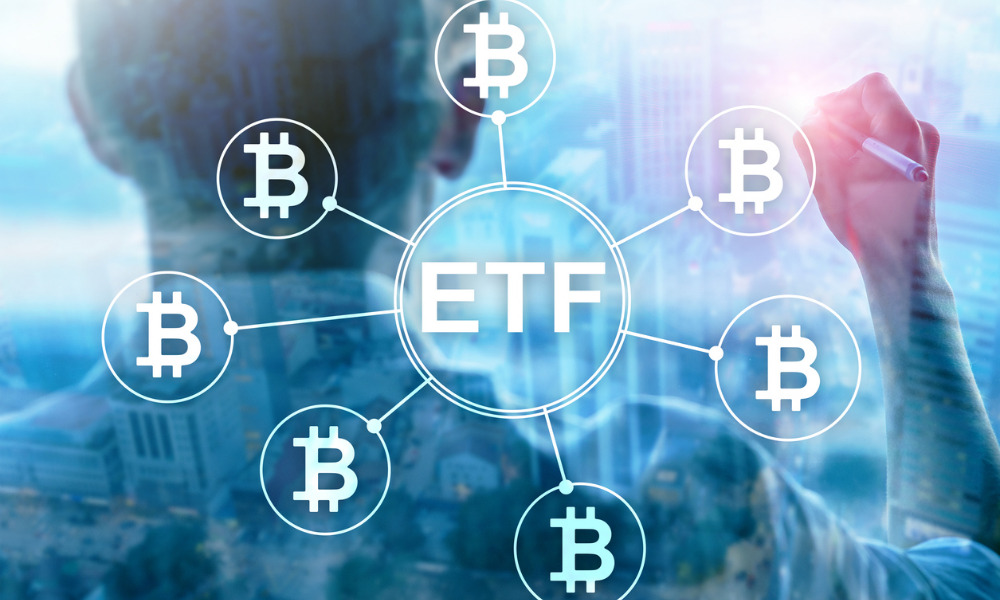'Our punchline is that to be passive, an ETF has to be active,' researchers say

While many exchange-traded funds (ETFs) carry the label of "passive," new academic research by authors from Wharton and other institutions casts doubt on that label – and raise questions about its implications.
According to the report titled “Steering a Ship in Illiquid Waters: Active Management of Passive Funds,” passive ETFs become active to boost the share liquidity of the markets they track, particularly for corporate bonds and small-cap stocks, which are generally illiquid markets.
“Our punchline is that to be passive, an ETF has to be active,” said Wharton finance professor Yao Zeng, one of the paper’s authors. Zeng’s co-authors are Naz Koont, a finance doctoral student at Columbia University, Columbia University finance professor Yiming Ma, and University of Chicago finance professor Lubos Pastor.
Financial institutions known as authorized participants (APs) control an ETF's liquidity by "creating" or "redeeming" its shares, which they accomplish by purchasing or disposing of the underlying assets and organizing them into baskets that correspond to the structure of the ETF.
The ETFs meticulously craft these baskets to guarantee that ETF shares are liquid.
The researchers write that after making those modifications, ETFs "deviate dramatically" from the underlying index and that "despite their passive image, ETFs are extraordinarily active in their portfolio management."
This implies that there will be "tracking errors," or discrepancies between the returns of an ETF and those of its stated underlying indices, when investors who invest in ETFs evaluate their returns.
The analysis, which covered data from 2017 through 2020, concentrated on corporate bond ETFs. Because there is a significant disparity between the liquidity of ETF shares and the liquidity of the underlying securities, the researchers chose bond ETFs.
“Fixed-income ETFs have been gaining popularity because through ETF shares, retail investors get the opportunity to invest in Treasuries and corporate bonds, which are typically less accessible to them than stocks,” said Zeng.
This industry has likewise experienced tremendous growth, tripling in size over the last six years to reach US$342 billion by the end of 2021.
According to the study, the passive ETFs in their sample increased liquidity by holding more cash and fewer bonds from their underlying index, causing them to depart from their stated structure\.
“Both facts are costly to the ETF in terms of index tracking,” the paper stated.
The authors' aimed to make that activity clear to ETF investors. Additionally, the authors said that, in addition to bond ETFs' "liquidity transformation," the report focused on their "active basket management, including the dynamic management of their cash balances and individual bonds."
The study also discovered that the liquidity of a bond is significantly impacted by its inclusion in an ETF basket. Bonds included in ETF baskets benefit from increased market liquidity in good times, but they also experience more liquidity stress in poor times.
Bond prices may be distorted by passive ETFs that aim for liquidity. They may have had less bonds to redeem amid a spike in fund outflows, like during a pandemic scare, due to the portfolio adjustments they made to increase the liquidity of ETF shares.
According to Zeng, the portfolio's imbalance could result in "concentrated price pressure" for the bonds.



